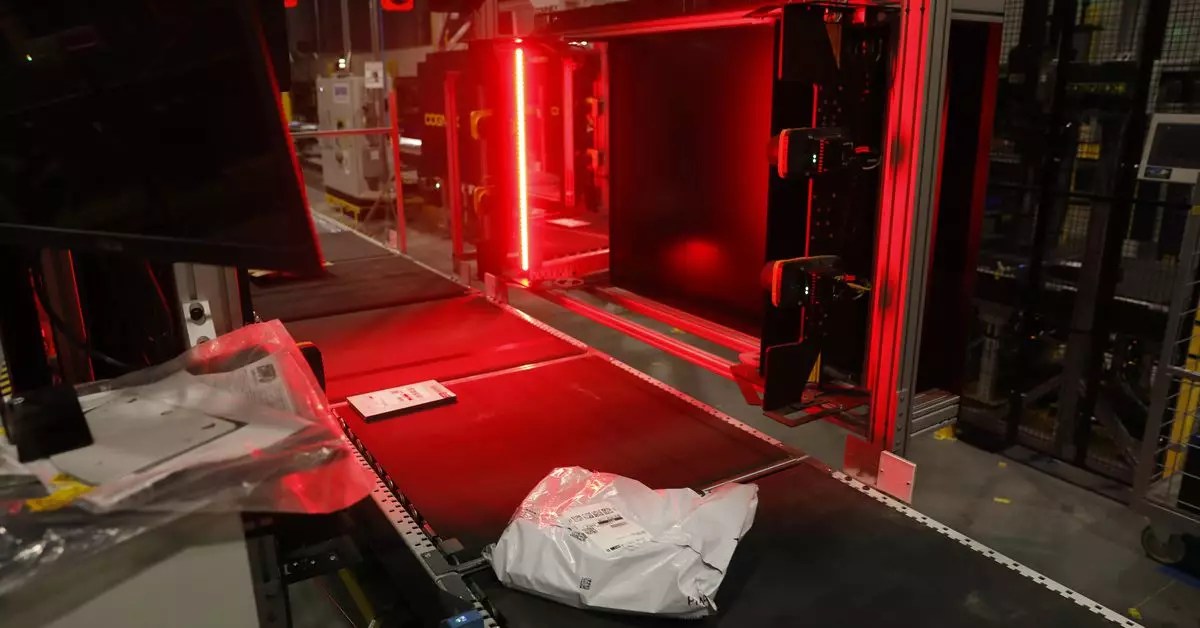Amazon, the e-commerce giant known for its convenience and fast shipping, has been under scrutiny for its plastic waste production in the United States. Despite efforts to reduce plastic packaging, a new report by the nonprofit organization Oceana reveals a troubling trend. In 2022 alone, Amazon generated a staggering 208 million pounds of plastic waste from its packaging in the US, marking a nearly 10 percent increase from the previous year. This significant amount of plastic waste equates to enough trash to encircle the Earth over 200 times in the form of plastic air pillows.
While Amazon has made strides in reducing plastic packaging on a global scale, the US market presents a different story. Oceana highlights the discrepancy, questioning why US customers are seemingly being left behind in Amazon’s sustainability efforts. The e-commerce giant claims to have reduced its use of plastic packaging by 11.6 percent globally in 2022 compared to the previous year. However, the US market remains a significant outlier, prompting calls for Amazon to prioritize sustainability measures in its largest market.
One of the major challenges in assessing Amazon’s plastic waste footprint is the lack of transparency surrounding its production and disposal practices. The company’s latest sustainability report does not provide a breakdown of plastic waste by country, nor does it account for all the waste generated by third-party sellers on its platform. Oceana had to rely on external market data and public statements from Amazon to conduct its analysis, leading to concerns about the accuracy and comprehensiveness of the information.
In response to Oceana’s report, Amazon’s vice president of mechatronics and sustainable packaging, Pat Lindner, dismissed the findings as misleading and exaggerated. He pointed to the company’s ongoing efforts to eliminate plastic delivery packaging from its US automated fulfillment centers as evidence of its commitment to sustainability. While Amazon has phased out single-use plastic delivery bags in Europe and India, the transition has been slower in the US. Only recently did a fulfillment center in Ohio switch to paper alternatives for delivery packaging.
One of the main challenges with plastic packaging, such as film bags used by Amazon, is that they are not easily recyclable through curbside programs. This type of plastic requires specialized recycling facilities, making it difficult for consumers to divert it from landfills and incinerators. While Amazon has vaguely pledged to phase out some plastic packaging, including padded bags, there is a lack of clarity on timelines and specific actions. Oceana urges Amazon to prioritize phasing out plastic packaging in its home base, the US, to address the growing plastic waste crisis.
Amazon’s plastic waste growth in the US is a concerning issue that demands attention and action. While the company has taken steps to reduce plastic packaging on a global scale, the disparities in the US market raise questions about the effectiveness of these efforts. Transparency, accountability, and concrete sustainability measures are essential for Amazon to mitigate its plastic waste impact and move towards a more sustainable future.


Leave a Reply